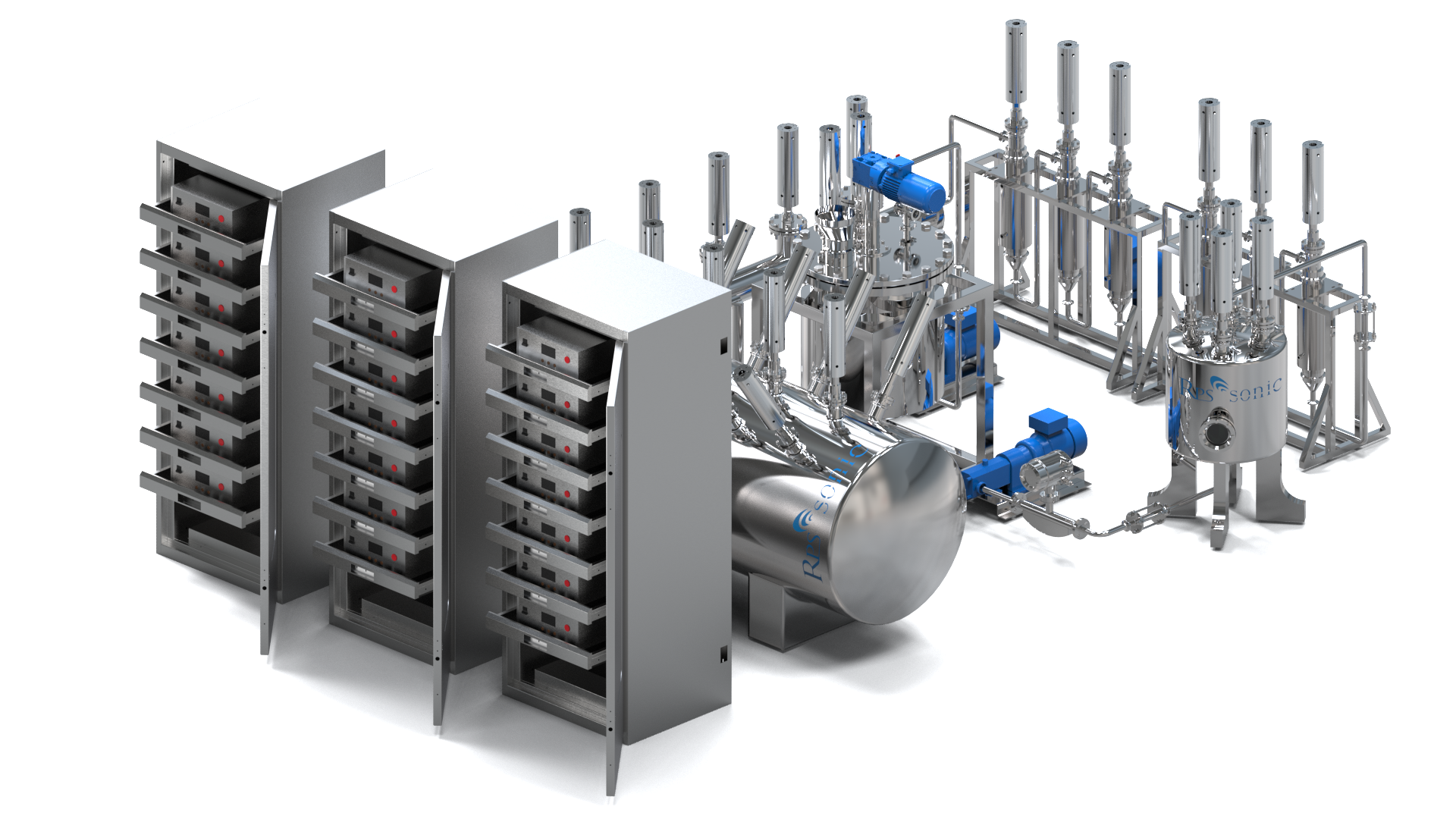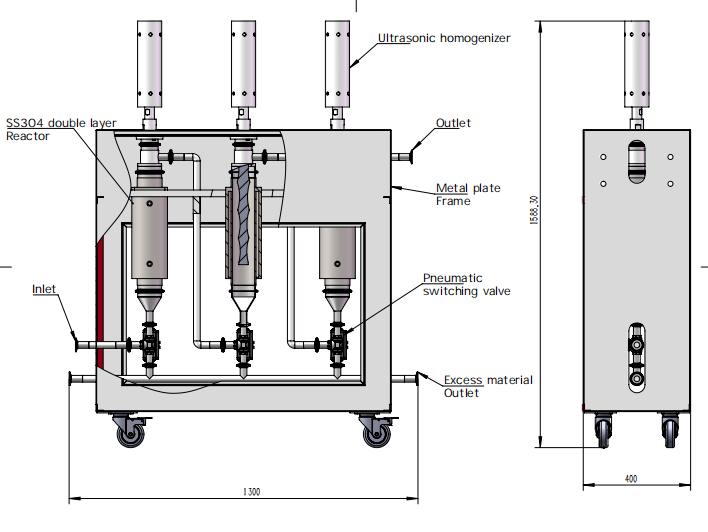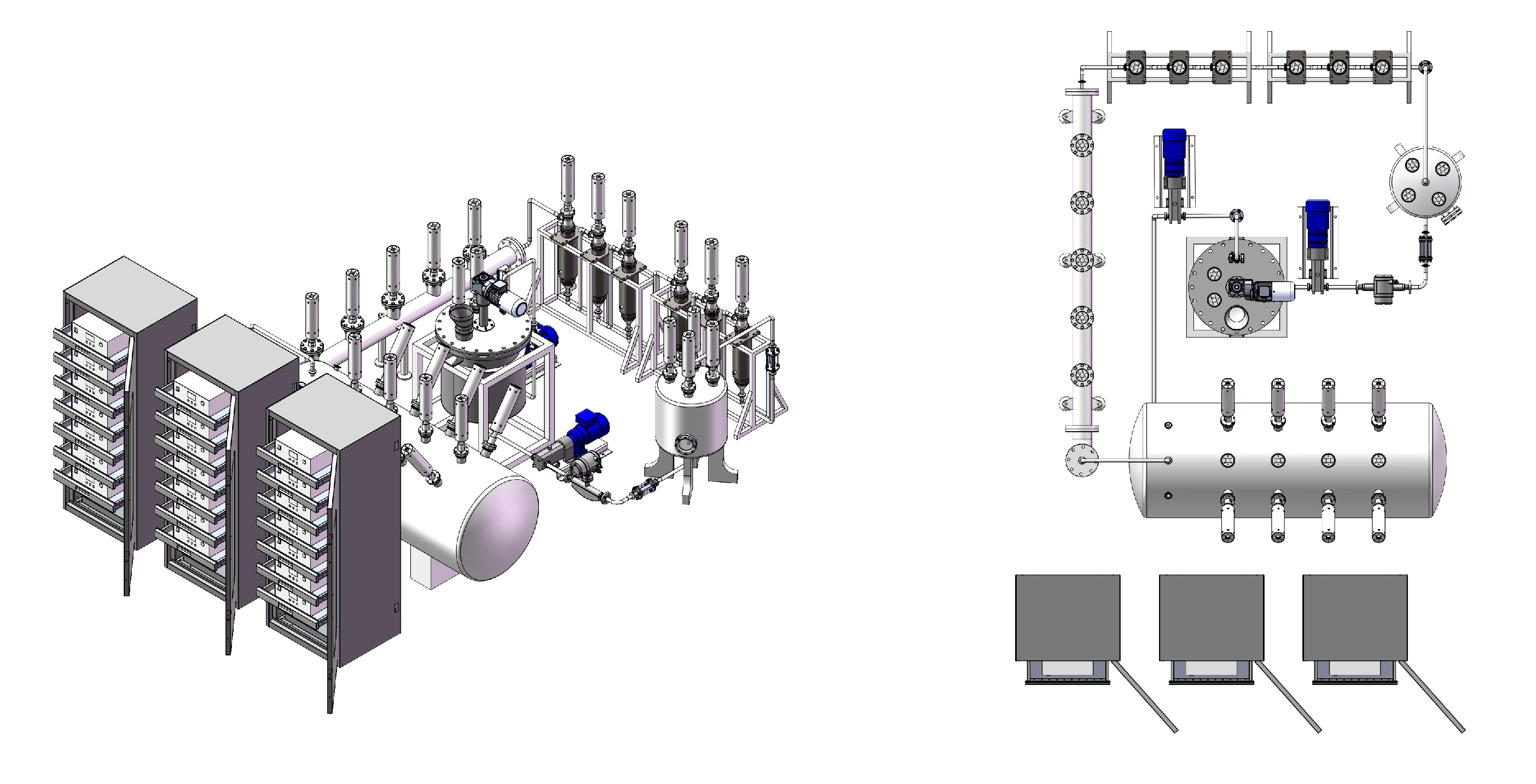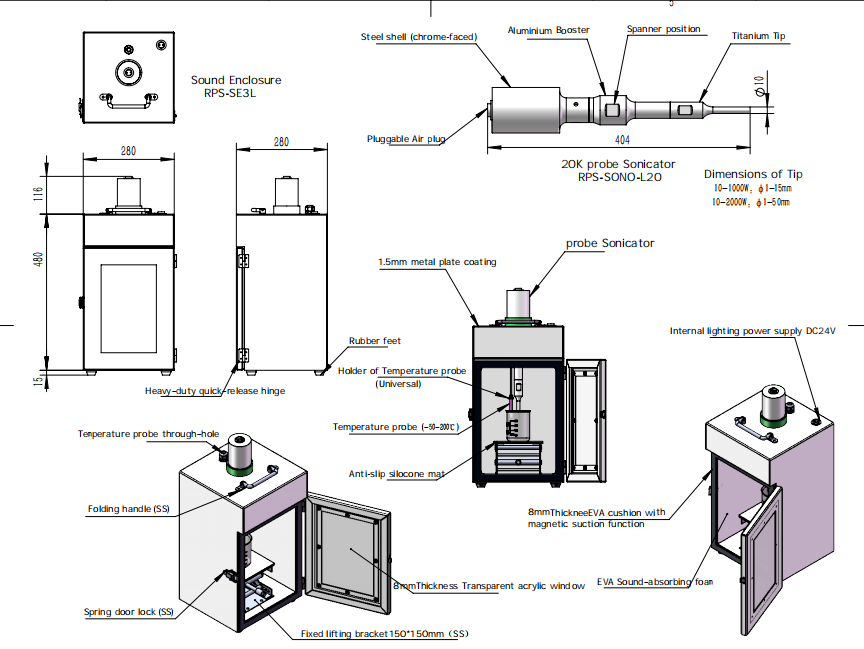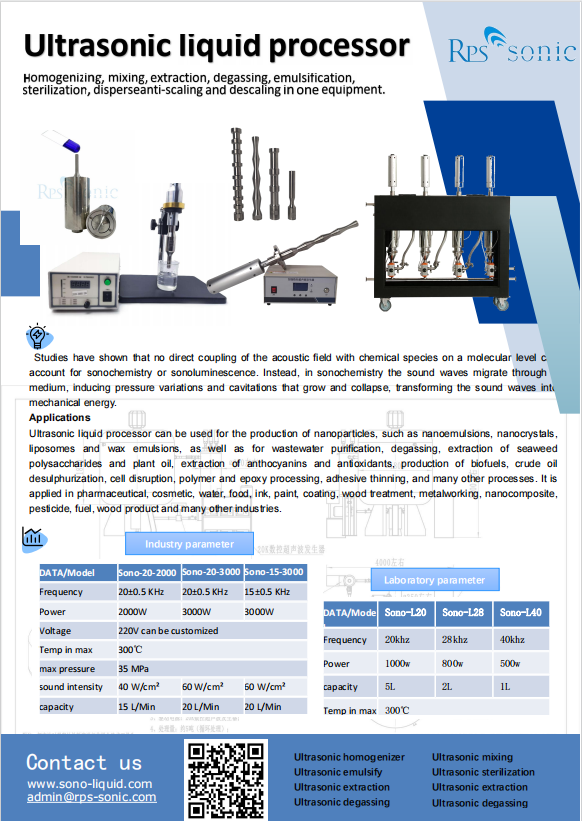Combined Industrial Ultrasonic Assisted Dispersion Homogenizer for Graphene Dispersion
The cavitation effect of ultrasonic energy Irradiate the solution with a certain sound intensity. When the sound intensity increases to 0.5 ~ 0.7 W / cm *, if you put a hydrophone in the solution, you can hear the strong noise in the solution. . This noise occurs with the phase of the sound field and occurs once in one or more cycles. It has been found that this noise essentially bends when the sound field is in the expanding phase, and the trace gas dissolved in the solution accumulates into small bubbles (also known as cavitation nuclei).
After the sound field becomes a compression phase, the radius meets- Conditioned gas pools are rapidly compressed and inward condensation occurs. In this way, the liquid wall around the bubble produces a strong paddle sound when it shrinks rapidly. This process is usually extremely momentary and only occurs between a few nanoseconds and a few microseconds. For the gas in the bubble, the temperature rises sharply after being compressed.

This temperature is usually astonishingly high, reaching a maximum of more than 10,000 degrees Celsius, and at a few thousand degrees when it is low. This physical process is called cavitation effect, and the accompanying noise is called cavitation noise. This temperature is related to the green strength, the initial radius of the bubble, the radius at which the compression ends, and the specific heat capacity of the gas.
Therefore, as the dissolved gas in the solution is different, the temperature at which the cavitation region terminates after cavitation occurs is not the same, and the volume of the solution in which the rare gas is dissolved often has a higher cavitation termination temperature. The local high temperature in the solution caused by the cavitation effect is the determinant of the chemical reaction.
Parameter
Application
• Cell disrupter (extraction of plant substances, disinfecting, enzyme deactivation)
• Therapeutic ultrasound, i.e. induction of thermolysis in tissues (cancer treatment)
• Decrease of reaction time and/or increase of yield
• Use of less forcing conditions e.g. lower reaction temperature
• Possible switching of reaction pathway
• Use of less or avoidance of phase transfer catalysts
• Degassing forces reactions with gaseous products
• Use of crude or technical reagents
• Activation of metals and solids
• Reduction of any induction period
• Enhancement of the reactivity of reagents or catalysts
• Generation of useful reactive species
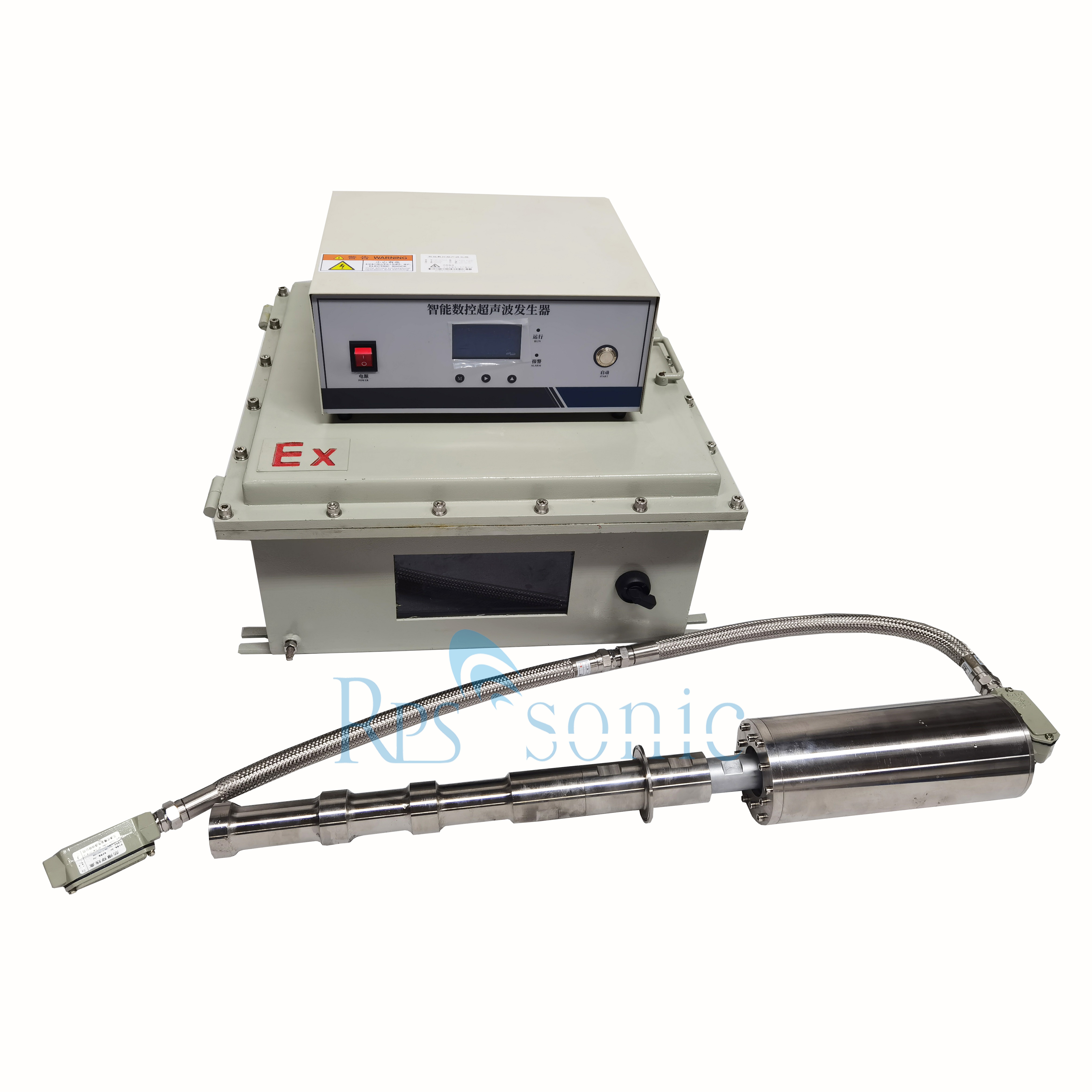
anti-explosion ultrasonic sonotrode

ultrasonic pilot plant test machine
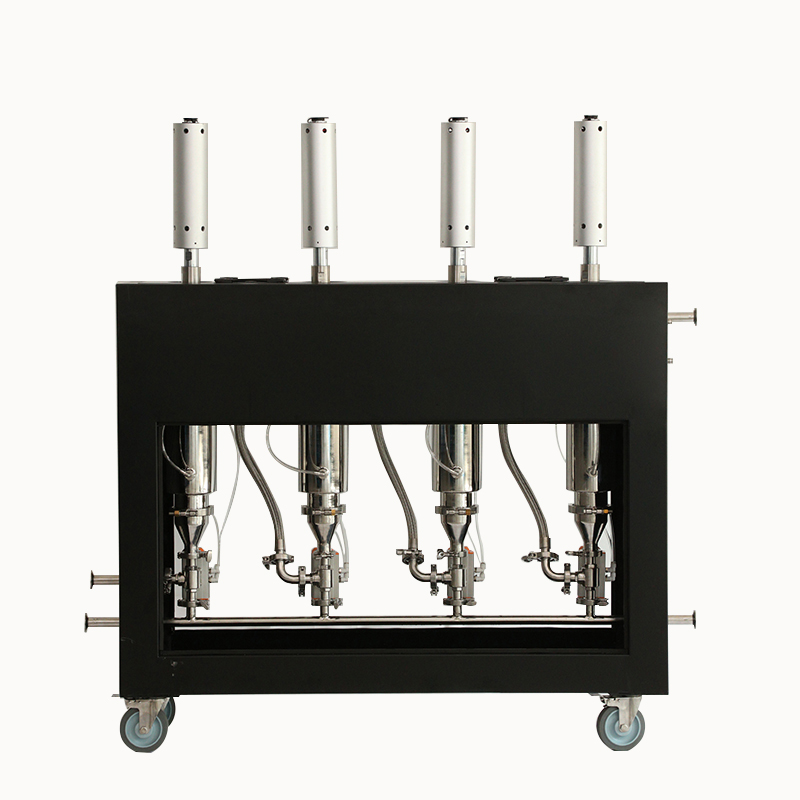
4 into 1 ultrasonic homogenizer system
Advantages of RPS-SONIC ultrasonic devices
• Easy and flexible handling
• Time saving
• Powerful
• Precisely controllable
• Reproducible results
• Eco-friendly and energy efficient
• Extremely durable and long lasting
• Wide product range
• Wide range of accessories for a variety of applications
• Production, service and repair in germany
• Specialist for ultrasonic technology
Famous Customers
 English
English

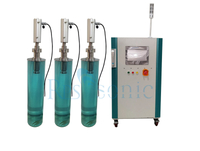
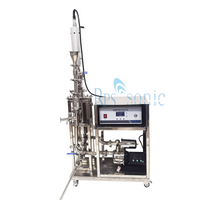
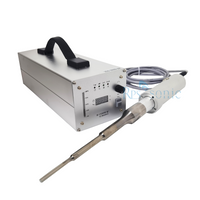
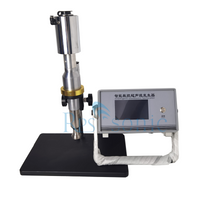
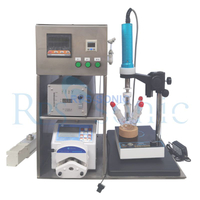
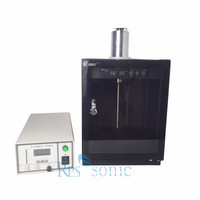
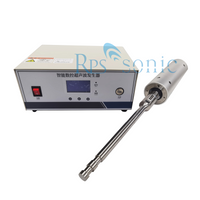
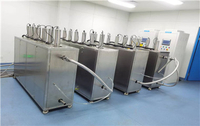
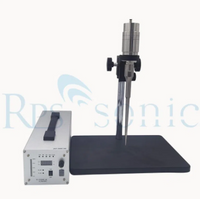





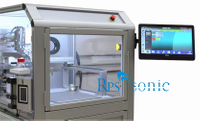














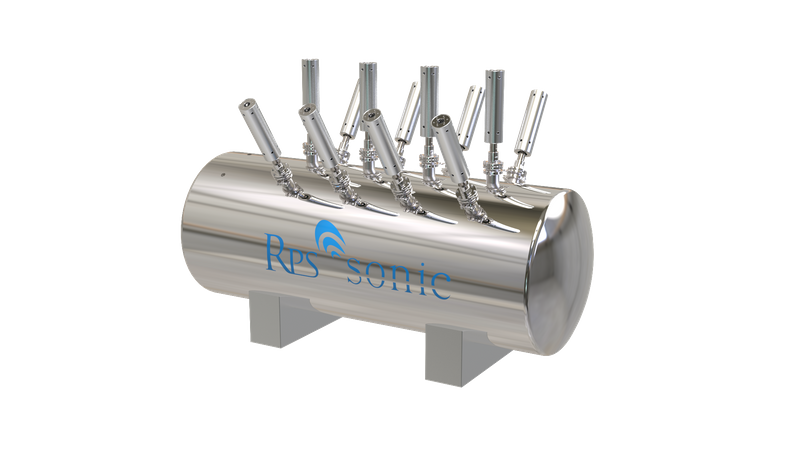
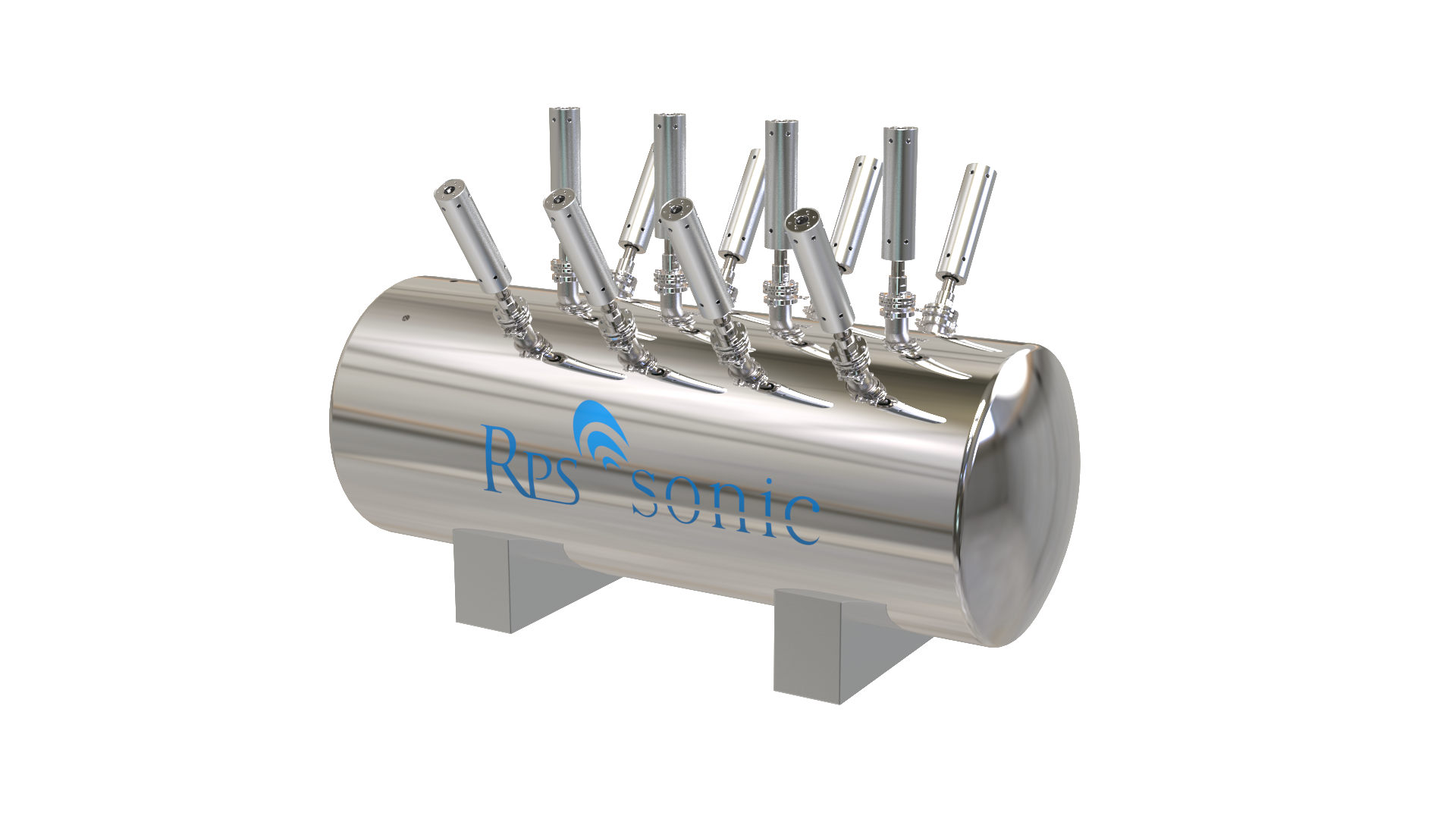





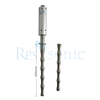
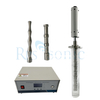












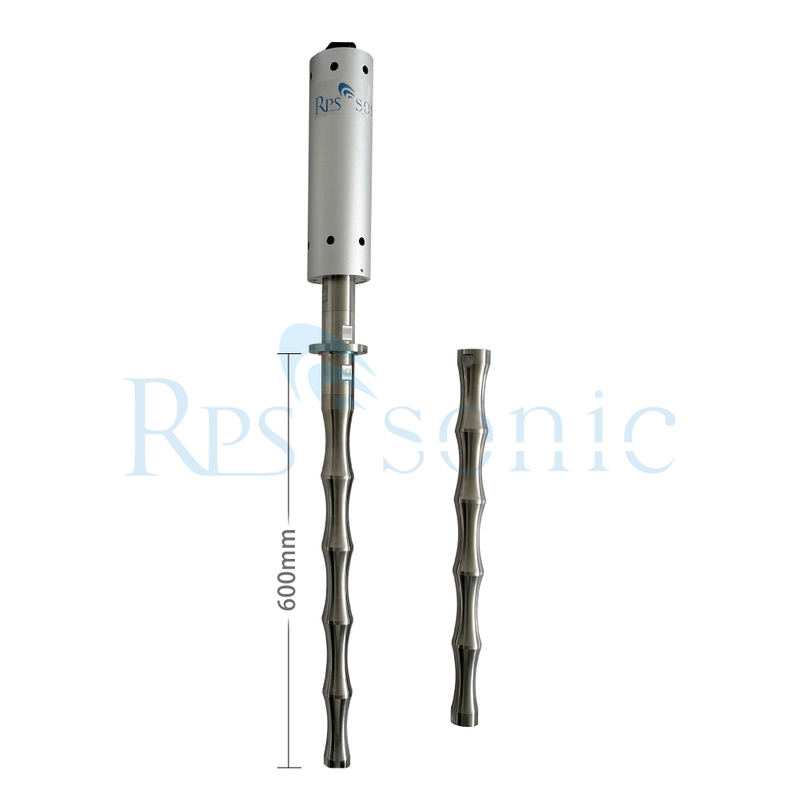
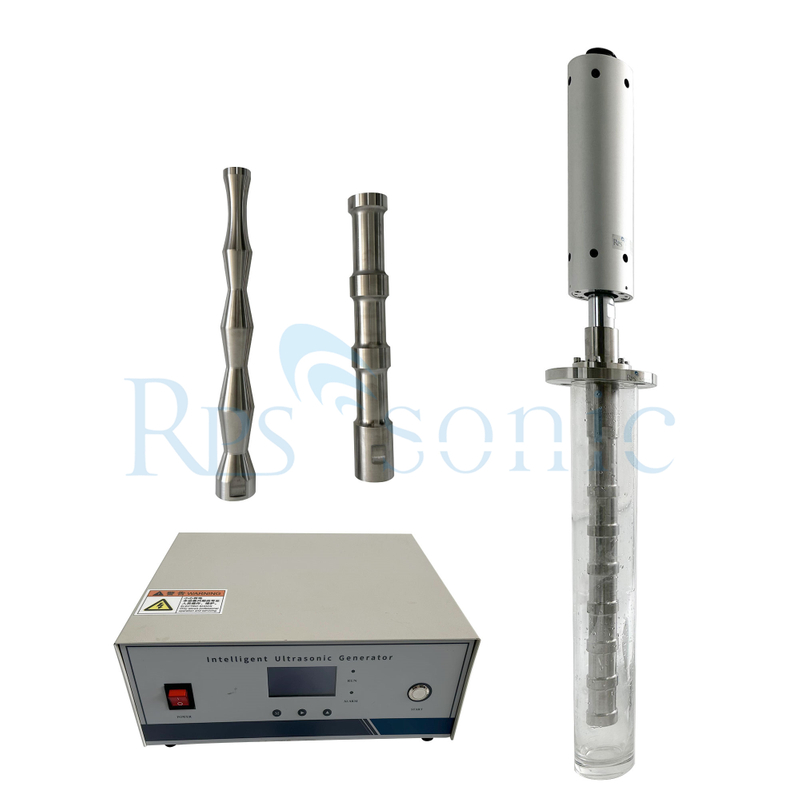

![6RR6T{]1`HPT%8LQ2_KY4[2](http://iirorwxhjionlo5p.ldycdn.com/cloud/njBpqKrrRlkSoiopokjlj/6RR6T-1-HPT-8LQ2_KY4.png)
![C]LLCKM6_7%(R[{`{6_D]7U](http://iirorwxhjionlo5p.ldycdn.com/cloud/npBpqKrrRlkSoioppkjpj/C-LLCKM6_7-R-6_D-7U.png)









